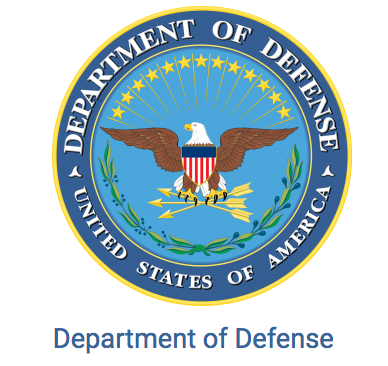May 23, 2016
ISE Blog: Cascadia Rising, Information Sharing and Interoperability

The New Yorker’s 2016 Pulitzer winning article “The Really Big One” presents an informative, yet terrifying overview of what Northern California, Oregon, Washington, and British Columbia will experience when, after 316 years of building pressure (and counting), the Cascadia Subduction zone breaks free, resulting in the largest North American natural disaster in the modern era. Although preparedness for a disaster of this magnitude has numerous facets, a critical component is the capability of diverse Federal, state, local, tribal, territorial (SLTT), international, and private sector entities to share information for activities such as damage assessment and response, asset requesting and management, and situational awareness. It is this information sharing component, and the interoperability of the systems that support it, that researchers from Project Interoperability in Puget Sound (PIPS), supported by the Program Manager for the Information Sharing Environment (PM-ISE) and the Department of Homeland Security (DHS), Science and Technology Directorate (S&T), First Responders Group (FRG), will be observing during Cascadia Rising.
Two years in planning, Cascadia Rising is a multi-State effort involving agencies across the federal, SLTT, international and private sector space in a set of exercises centering around a 9.0 subduction zone earthquake and subsequent 100-foot tsunami as described in the New Yorker article. The main exercise, led by the Washington State Emergency Management Division, will take place over four days, from June 7 through June 10, 2016. Exercise participants will enter into an Incident Command System (ICS) structure to engage in numerous post-disaster missions, many involving complex information sharing scenarios, such as the introduction of Federal assets by US Northern Command (NORTHCOM), the requesting of those assets by county Emergency Operation Centers (EOCs) through the State EOC, and the tracking of those assets by the State EOC and Washington Army National Guard (WANG).
The University of Washington’s Center for Collaborative Systems for Security, Safety, and Regional Resilience (CoSSaR) is supporting the PIPS research effort by training students interested in Homeland Security to be exercise observers. Under a memorandum of understanding (MOU) signed with the WANG and through the cooperation of State and local EOCs, PIPS researchers and CoSSaR-trained students will be placed in strategic locations to observe the flow of mission-based information under degraded, post-disaster conditions. Building on three years of research on Puget Sound regional information sharing, CoSSaR anticipates that observing Cascadia Rising will help further map out how the regional information sharing environment currently works, and where operational improvements could be achieved.
ISE Blog Link: http://www.ise.gov/blog/mark-haselkorn/cascadia-rising-information-sharing-and-interoperability